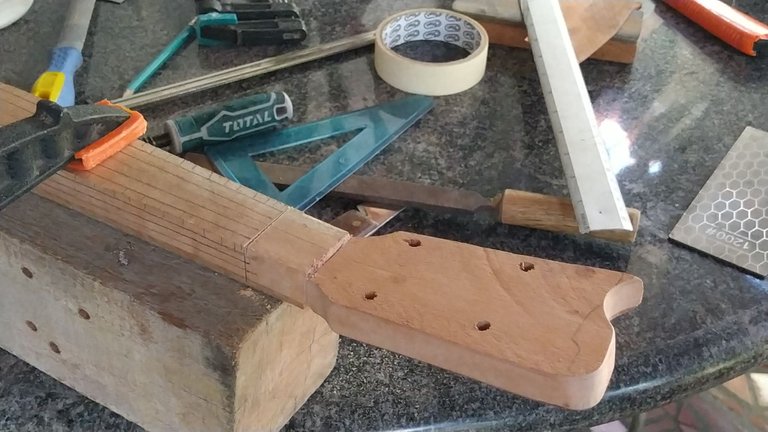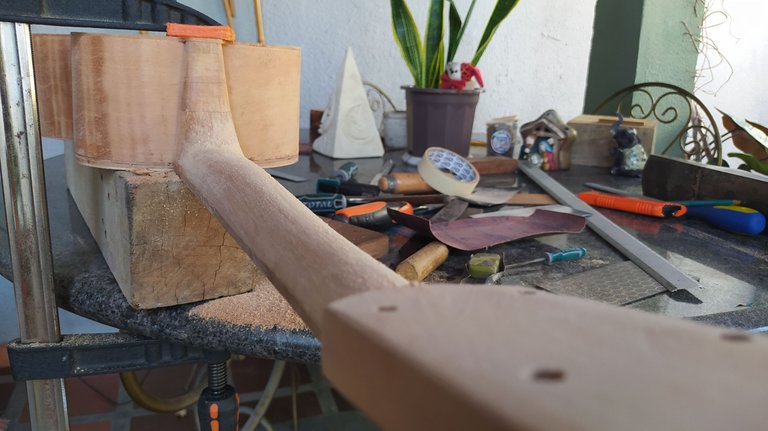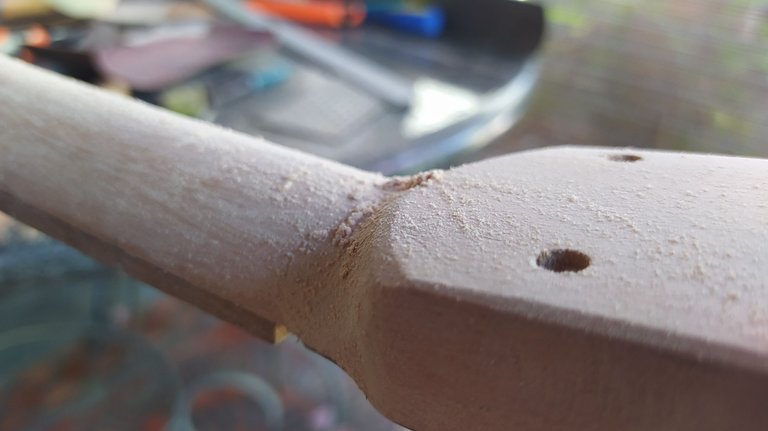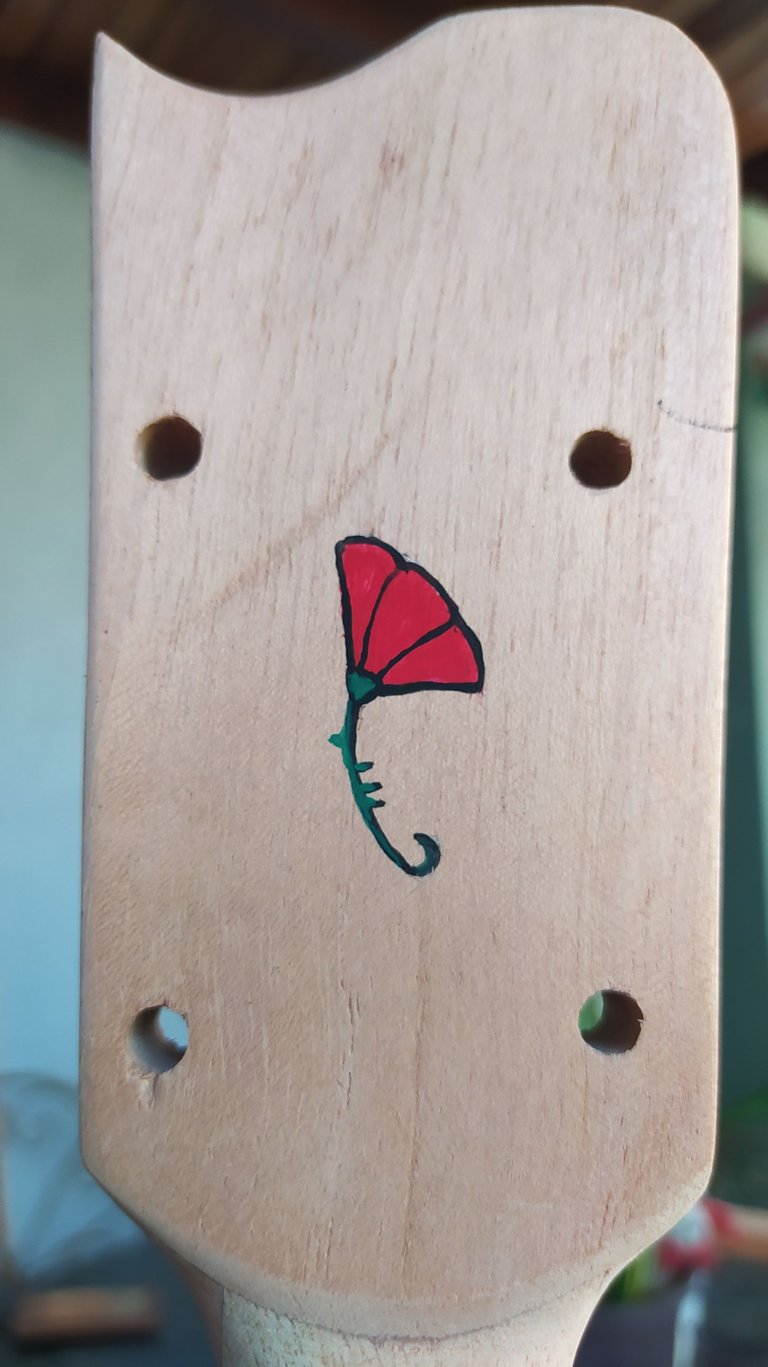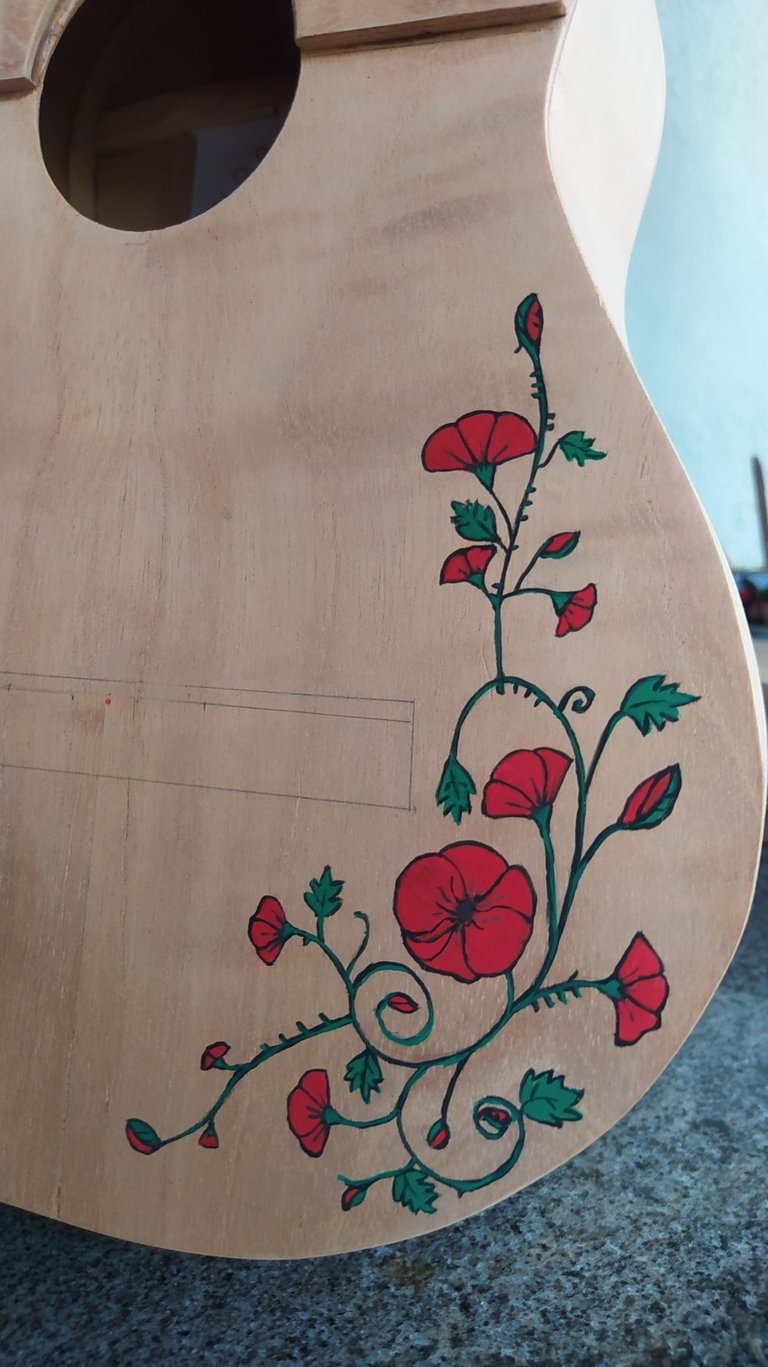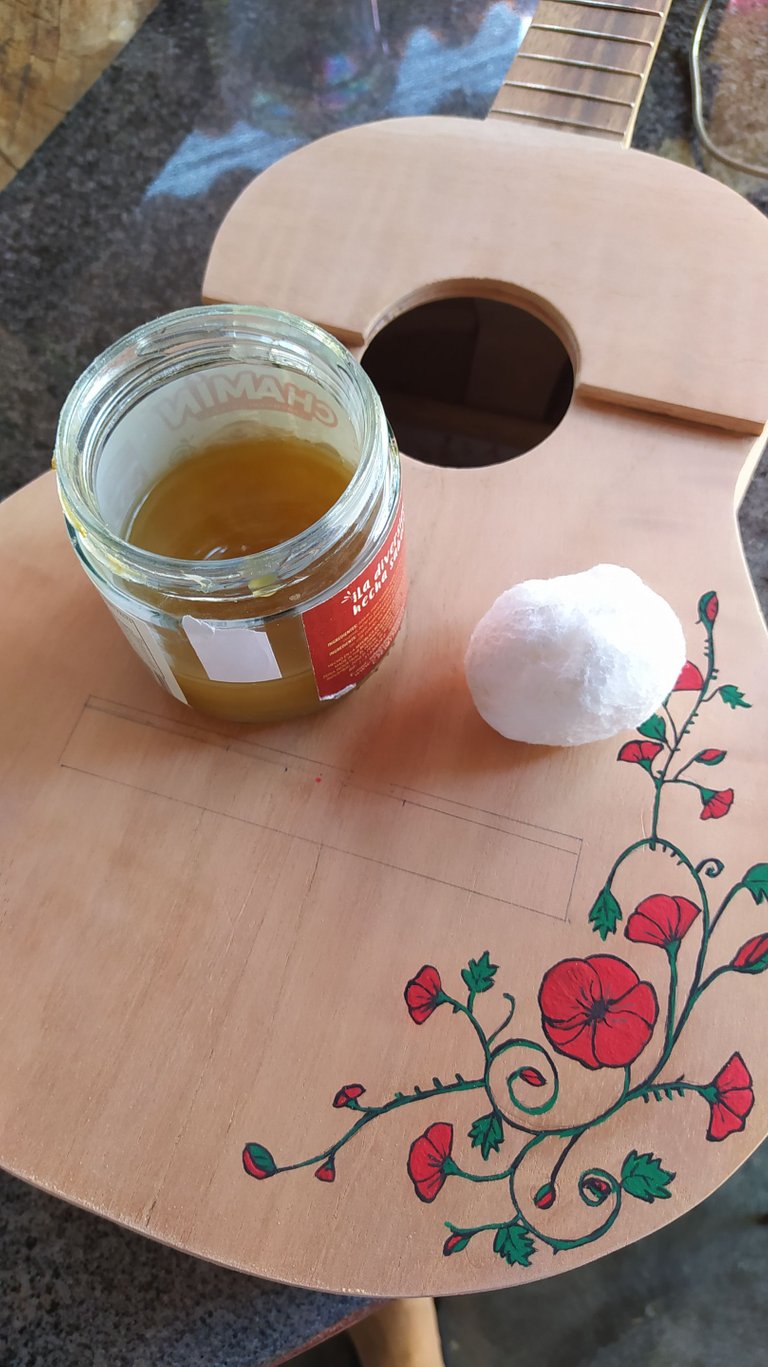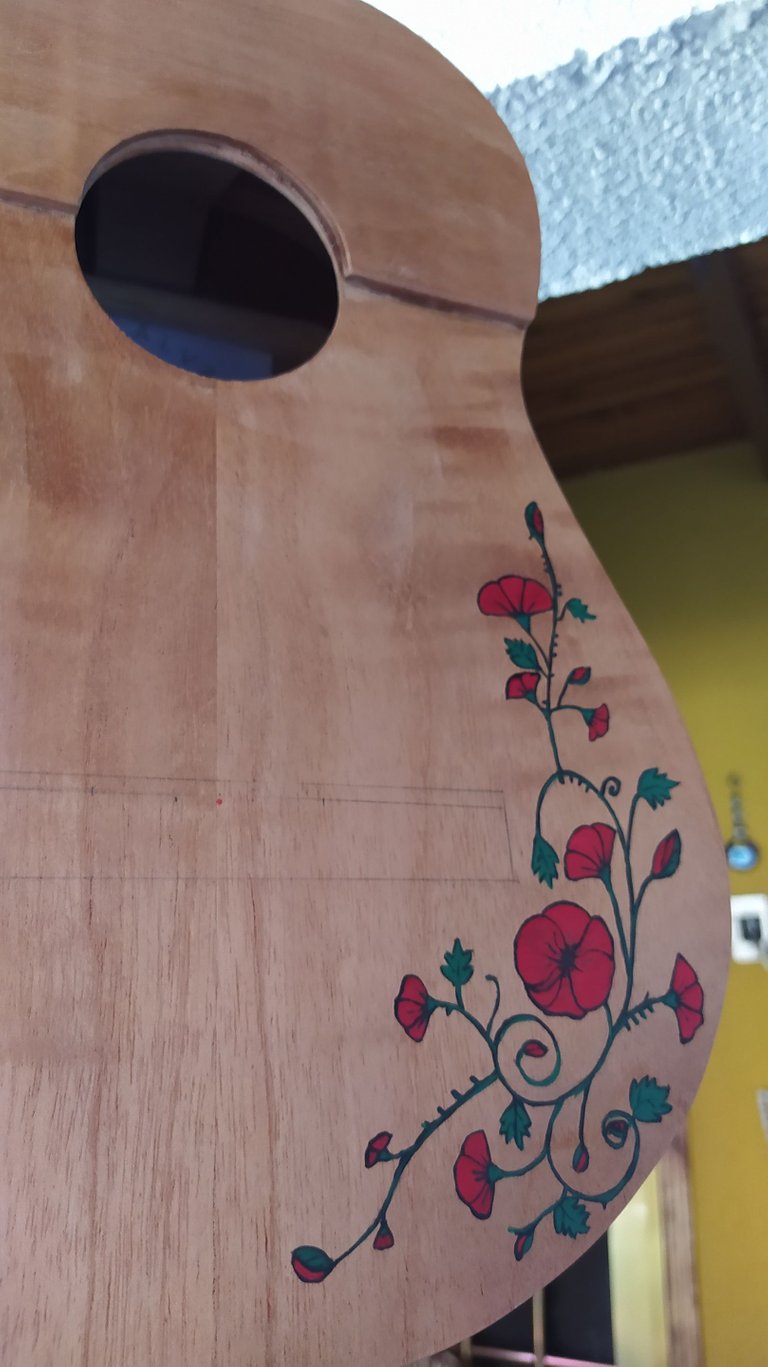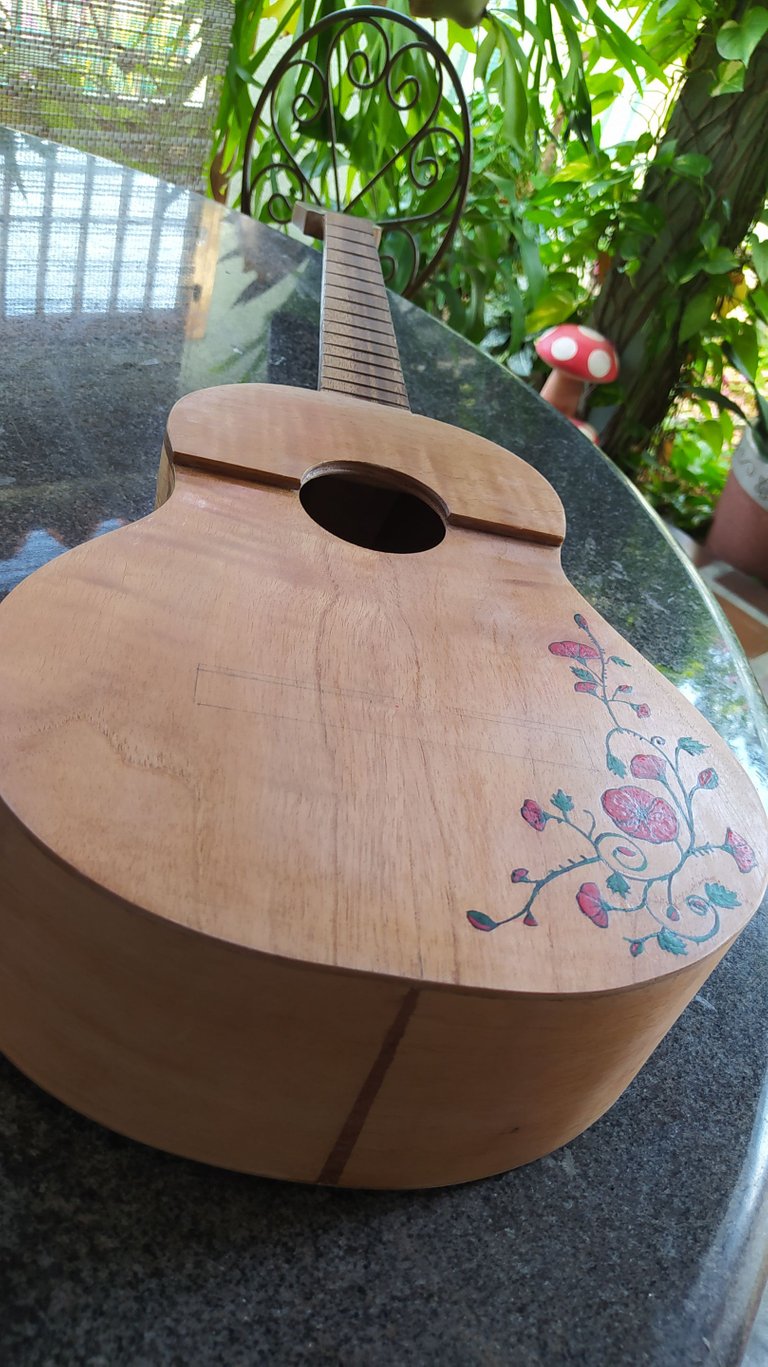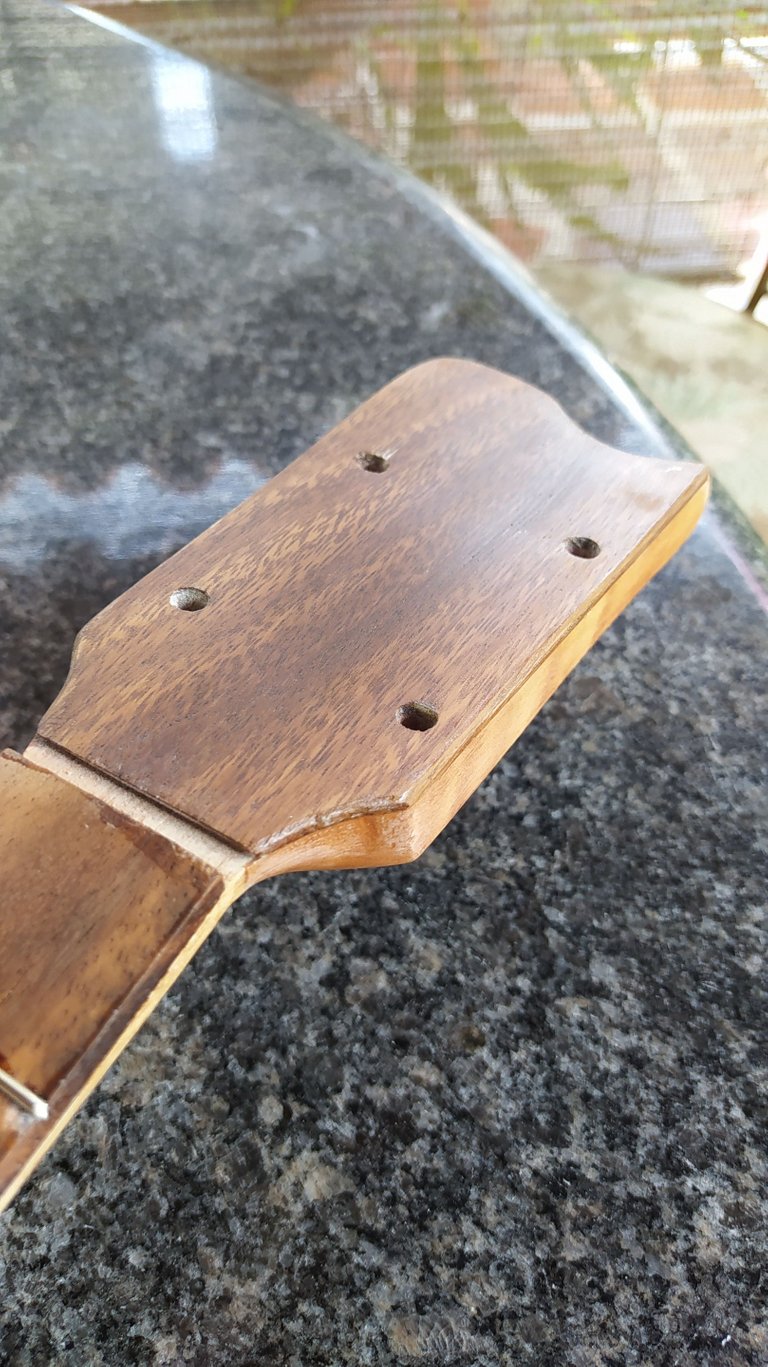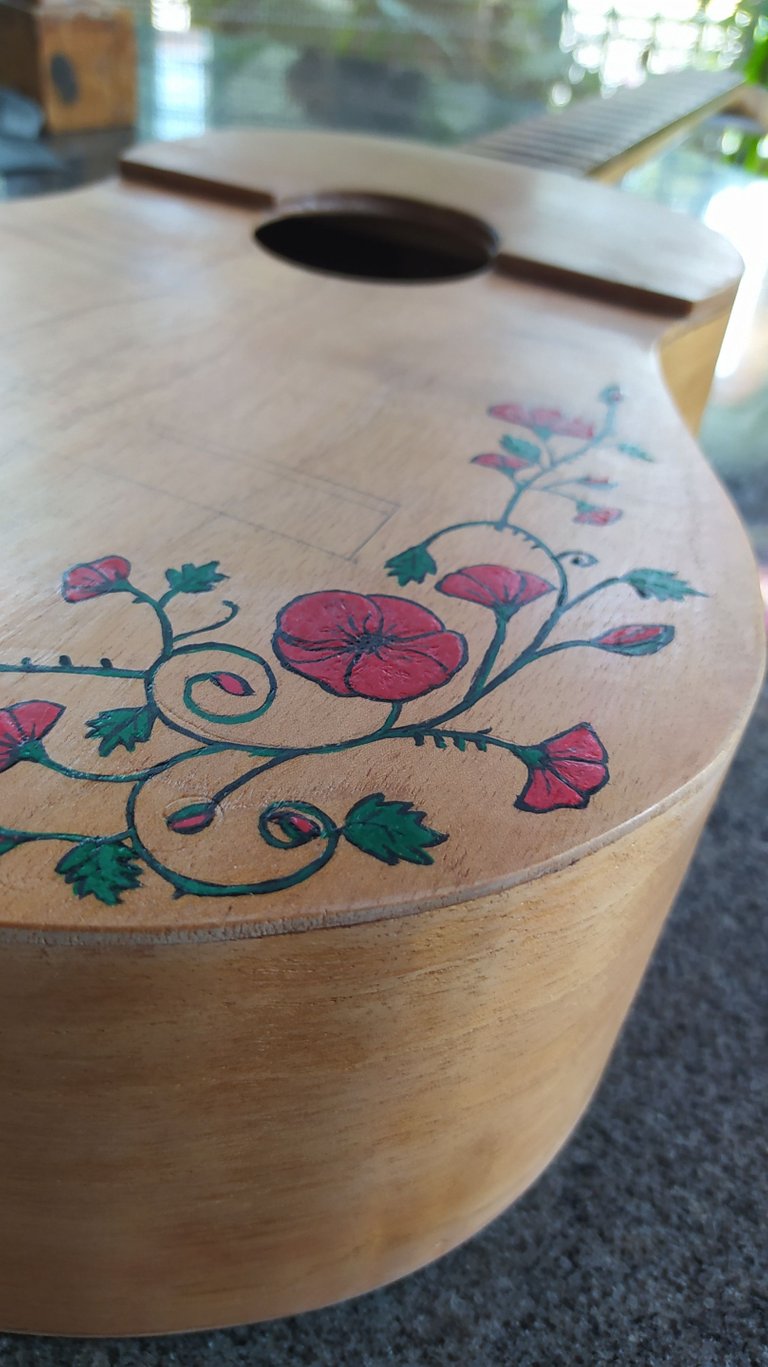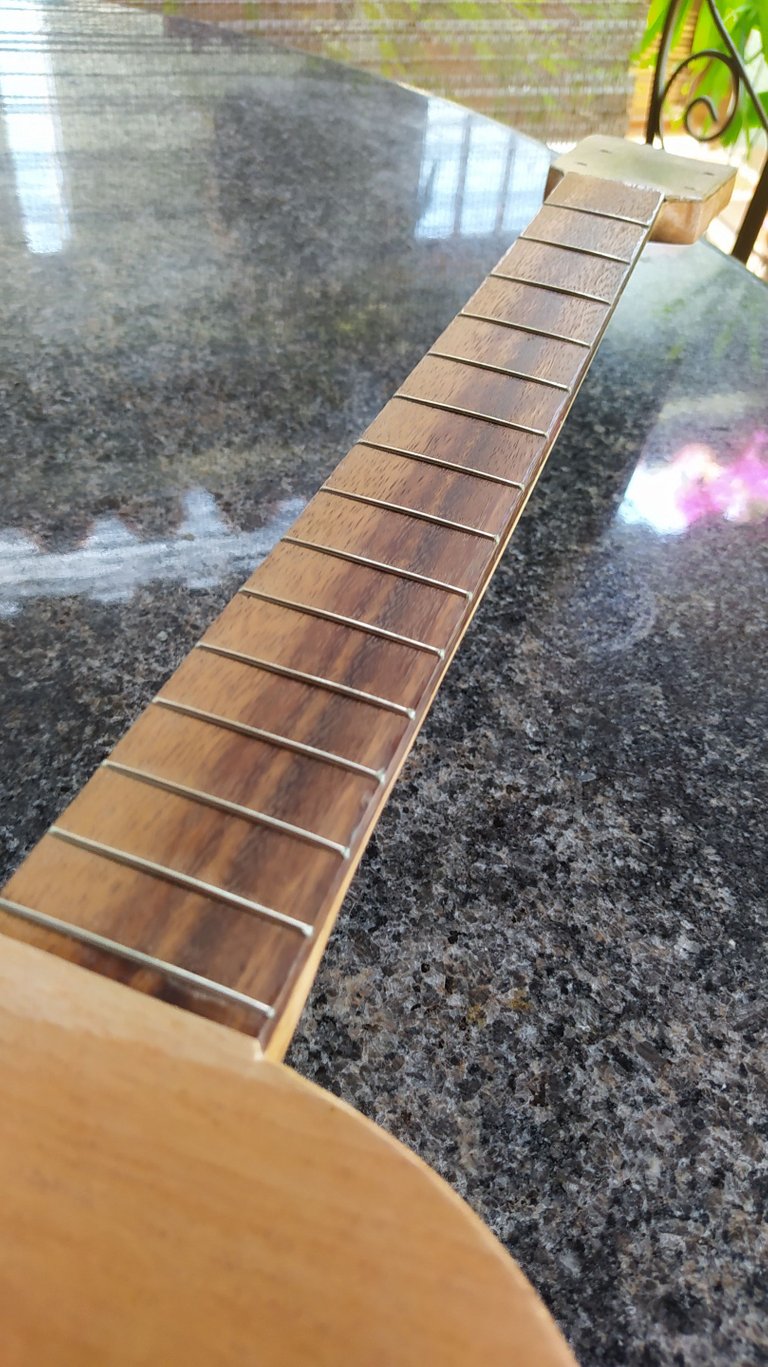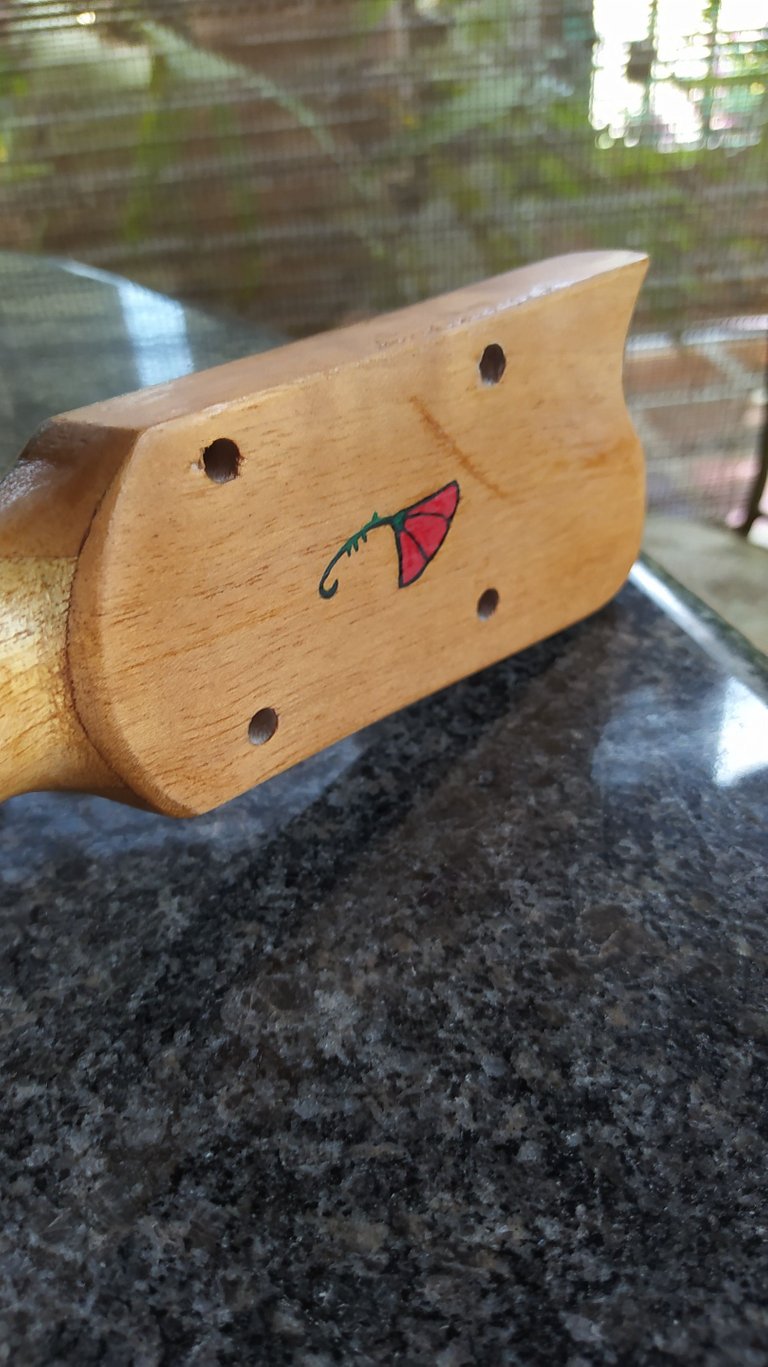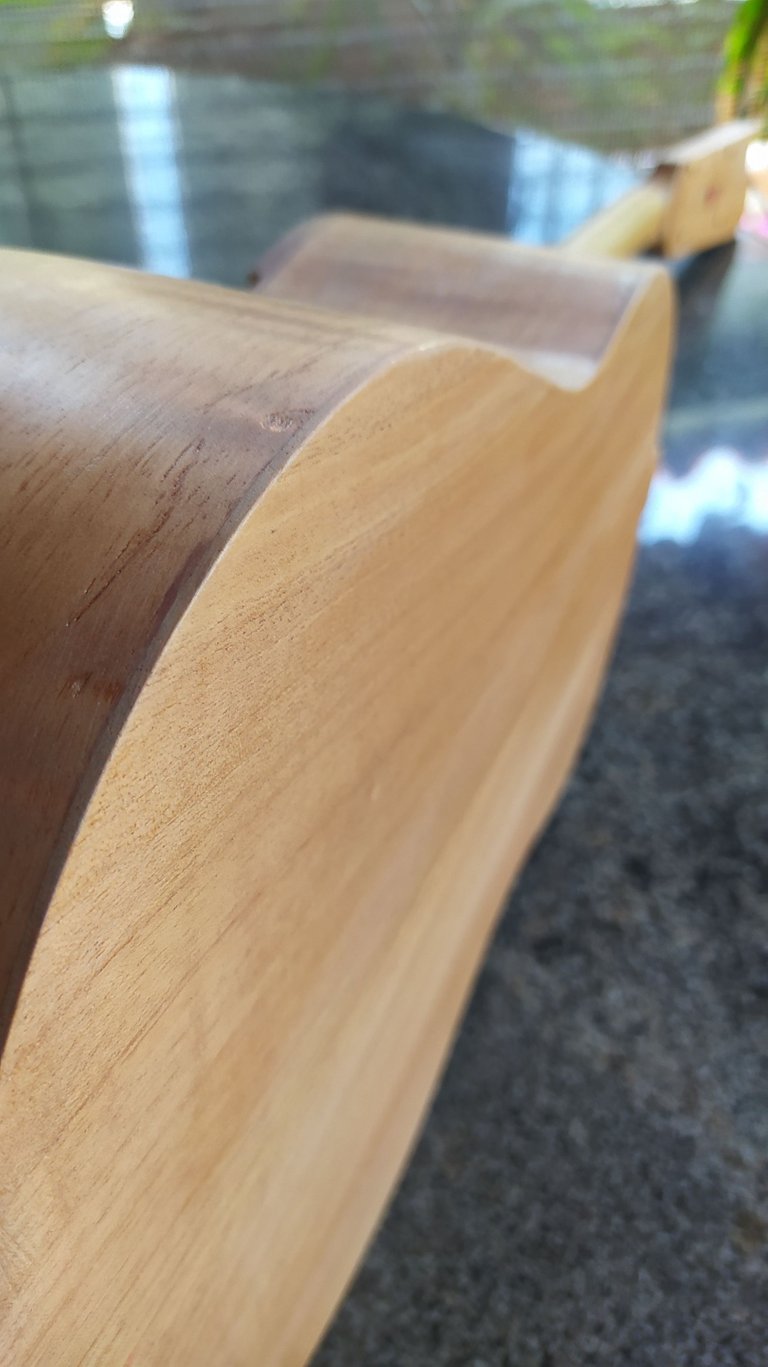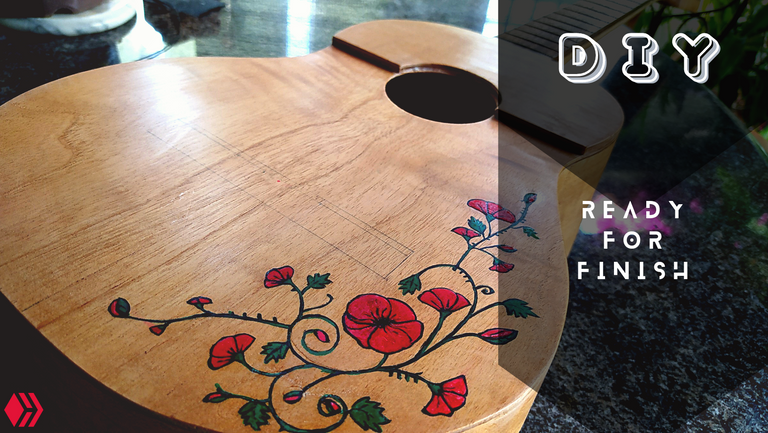

Saludos, mis colegas artesanos y amantes de las manualidades. Bienvenidos de vuelta a otra entrega de miércoles de carpintería. Este proyecto se acerca a su fase final. Antes de ello hay que redondear el mástil y preparar la base para el acabado.
Hi there, my fellow artisans and handcrafts lovers. Welcome back to another instalment of Woodworking Wednesdays. This project is almost through. However, we need to address some details like a rounded neck and sealing the grain of the wood.

Redondear el mástil.
Una vez que los trastes están en su lugar, podemos proceder a darle forma a la parte posterior del mástil. Aquí hay para todos los gustos. Se puede hacer un mástil más delgado o más grueso de acuerdo a las especificaciones del instrumento. A la hora de decidir cómo hacer esto, siempre me baso en lo que considero cómodo como músico.
Teniendo en cuenta la forma curva que va a tener está pieza, hay que tomar varias medidas para asegurarnos de rebajar la cantidad correcta de material en cada sección del mástil. Está pieza es más ancha hacia la caja del instrumento y más delgada hacia la cabeza.
Lo mismo es cierto para el espesor del mástil. Se hace más grande entre más cerca está de la caja.
Luego de marcar las líneas para rebajar el material, el resto se hace a mano. Hay dos cortes guía para marcar la altura mínima y máxima a los extremos de la pieza. Aquí también tenemos que delimitar la zona del clavijero.
Todo lo demás es trabajo manual. Puede resultar paradójico, pero se redondea el mástil creando esquinas. Entre más esquinas formamos, más redonda queda la pieza. Para terminar de dar la forma, completamos el trabajo haciendo uso de papel de lija.
Rounding the Neck.
Once the frets are in place we can make the back of the neck round. There's lots of way of doing this. Some necks are thicker than others. That's something that comes from the specifics of each commission. When I have the liberty to decide, I always go with what I feel is comfortable.
Considering the curvature we need to achieve on this this piece, we need to measure how much material we need to remove, as we can only do it once. The important thing to keep in mind is that we need to make sure it's that the section that is closer to the body is thicker than the one near the headstock.
This is the same principle we apply to the width of the neck.
After marking the guides for the job, the rest is done by hand with the help of a rasp. We make two cuts with a saw at the ends of the neck. This is to mark the highest and lowest points. This also serves to delimit the area of the headstock.
Then, we just need a huge amount of elbow grease. It might sound weird, but we make the neck round by creating corners on the wood. As we make new corners, the piece gets every closer to being round. Once we have done enough, we use sandpaper to complete the rounded shape.

Voluta
Esto es un adorno que podemos hacer en el límite del mástil y el clavijero. Su función es meramente estética, pero además brinda comodidad a la hora de sujetar el instrumento en esa parte.
Para hacerlo, utilizamos alguna forma simple y tallamos la madera hasta conseguir dicha forma. Luego completamos el trabajo con papel de lija.
Volute
This is an ornament we can create at the border of the neck and head stock. It brings some comfort while holding the instrument over that part. Besides that, it's a thing of aesthetics.
We just need to find a shape we like, draw a guide and carve out the shape. Then we finish with some sandpaper.

Detalle
Uno de los detalles importantes de este instrumento es un diseño floral que se hizo a petición de su dueña. Para esto tuve la ayuda de @adncabrera quien realizó esta obra de arte.
Hace unas semanas, publiqué un corto sobre eso. De todas maneras, les comparto una fotos para que puedan apreciar el diseño.
Details
One of the highlights of this instrument is the inclusion of this floral design. It was something requested by the owner. She wanted some red flowers on her cuatro. Fortunately, @adncabrera helped me out with this since I can't do this.
I published a short about it some weeks ago. However, I'll drop some photos so you can appreciate it better.

Sellador
La última parte por el momento es aplicar el sellador. No hay fotos del maratón de lijado previo a sellar porque el cuarto tenía que estar lijado antes de que se hicieran las flores.
Las capas de sellador se aplican en intervalos de 30 minutos entre cada una. Hay que esperar a que una capa esté seca al tacto para continuar con la siguiente. Así vamos aplicado capas hasta rellenar los poros de la madera. Esto protege el instrumento de la humedad y nos da la base para que el acabado quede parejo.
Aplicar el sellador no es todo. Al terminar de colocar todas las capas hay que nivelar todo. Así que se lija bien todo para lograr emparejar todo. Así el instrumento queda listo para aplicar el laqueado.
Con esto, llegamos al final de esta publicación. Espero que haya sido de su agrado. En la próxima seguro veremos estre proyecto llegar a su conclusión. Nos veremos entonces.
¡Qué tengan un buen día!
¡Manténgase creativos!
Sealant
The last bit for today is applying the sealant. There are no photos of the sanding marathon because the instrument was sanded before handing it over for the painting.
We apply the coat of sealant in intervals of 30 minutes. We need to make sure each layer has dried properly before applying the next. Once all the grain is sealed the instrument is protected from humidity. This is also the base for a for a good finish.
But applying the sealant is not all. We need to sand all the layers of sealant to make them even. That way when we spray the lacquer, all the coats will be even as well.
With this we have reached the end of this entry. I hope you have enjoyed the process so far. This one will be ready in no time and I'll make sure to show you the last bits of progress on this build. Until then.
Have a great day.
Stay creative!

- Fotos/Photos 📷: by me, taken with my Redmi Note 8 smartphone.
- Portada/Thumbnail 🖼️: by me, created with Canva.

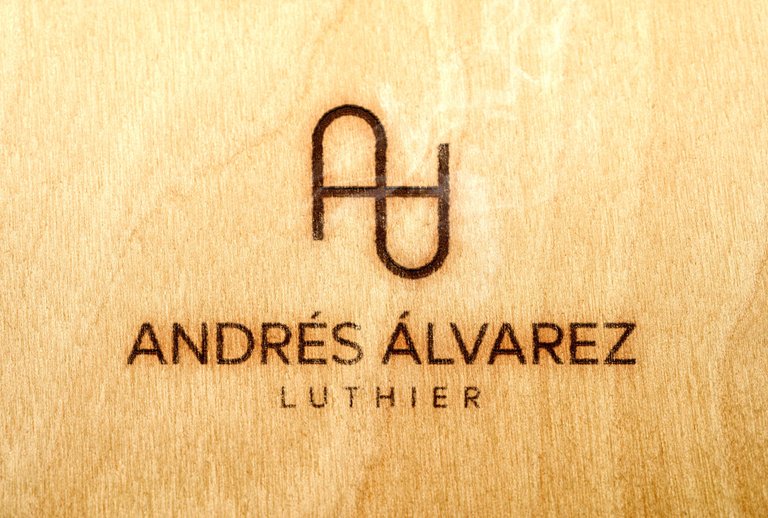
Follow me on Instagram for enquires and commission.
If you'd like to help the workshop grow, you can make a donation here. You can find me at discord as bertrayo#1763
